- Home
- About Us
- Products
-
Heat-Pump Dehumidifier DeAir
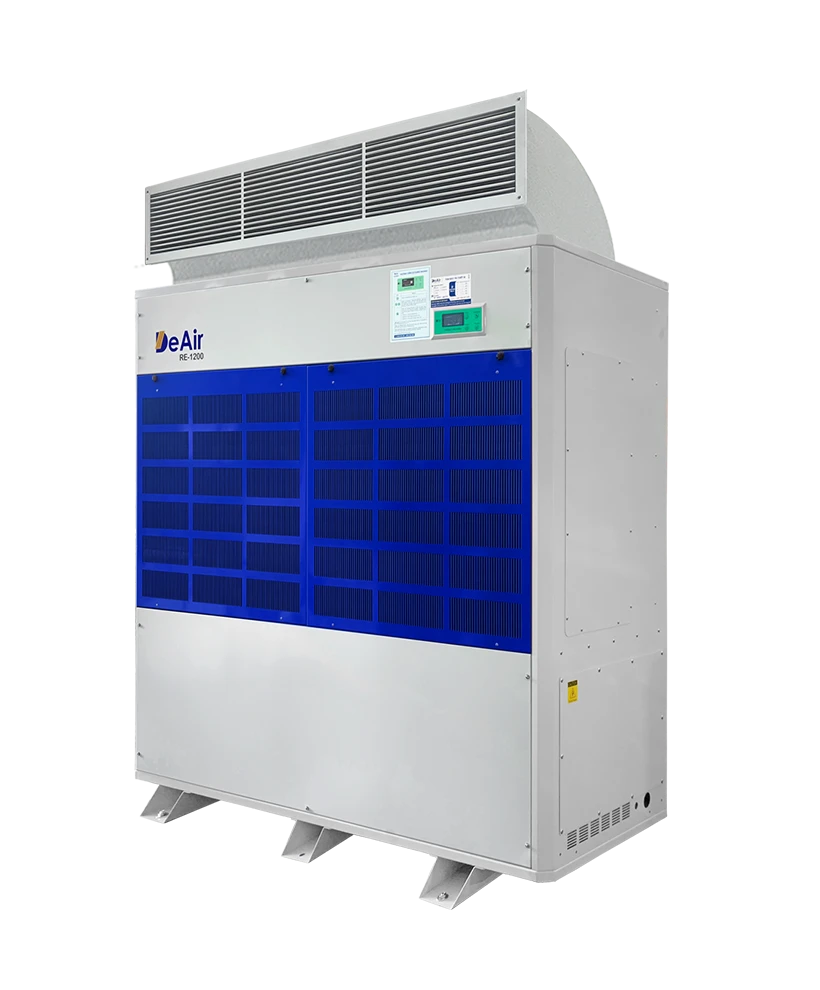 DeAir.RE
DeAir.RE -
Heat-Pump Dryer DeAir.RE-H
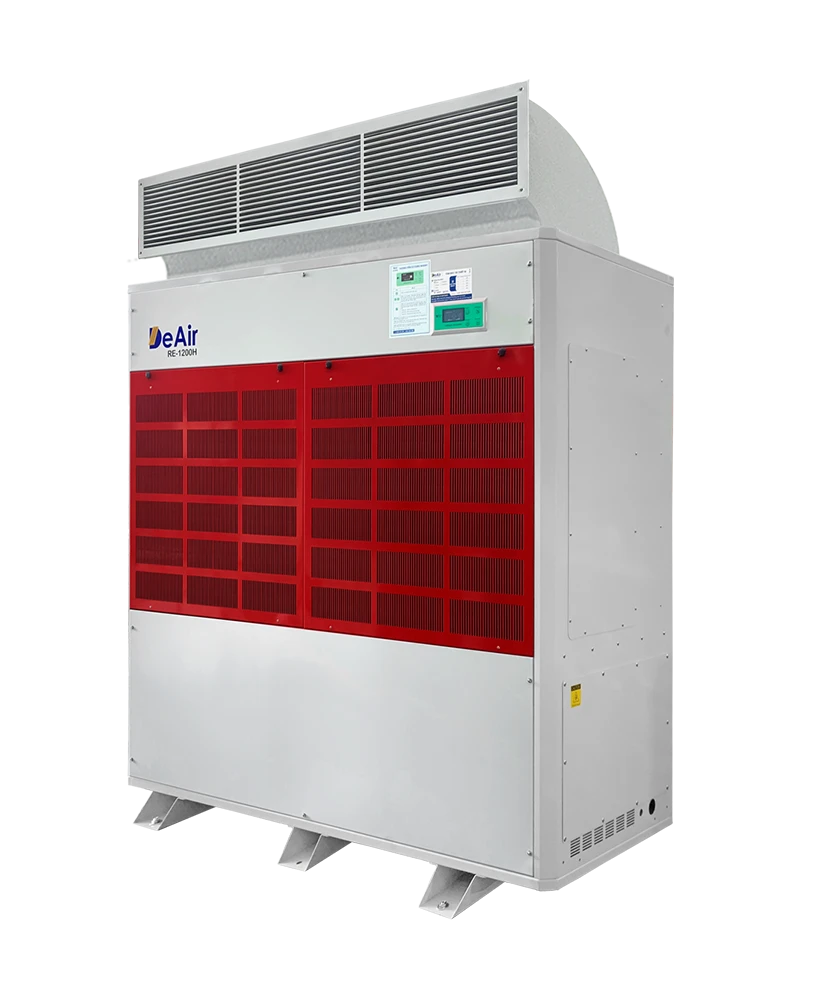 DeAir.RE-H
DeAir.RE-H -
Heat-Pump Stainless Steel Dehumidifier
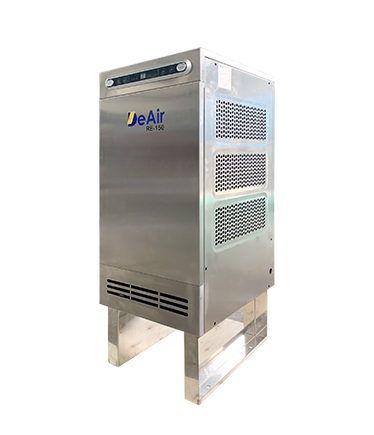 DeAir.RE-INOX
DeAir.RE-INOX -
Heat-Pump Isothermal Dehumidifier DeAir.CRE
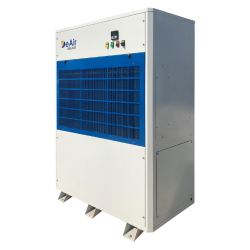 DeAir.CRE
DeAir.CRE -
Dezenno Dehumidifier
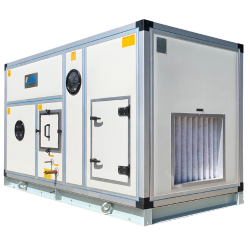 Dezenno
Dezenno -
Heat-Pump Ceiling Mounted Dehumidifier DeAir
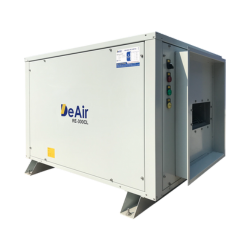 DeAir.RE-CL
DeAir.RE-CL -
Dehumidifier Olmas
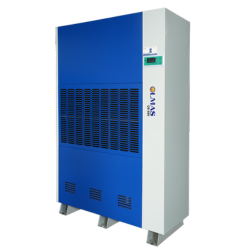 Olmas-OS
Olmas-OS -
Industrial Humidifier DeAir
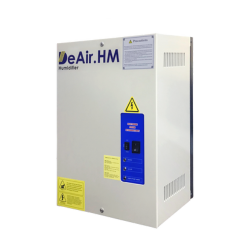 DeAir.HM
DeAir.HM -
Heat-Pump Dryer Daxwell
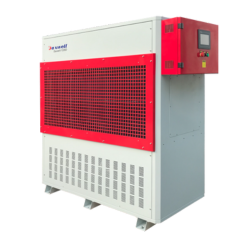 Daxwell
Daxwell -
Electric Duct Heater DeAir
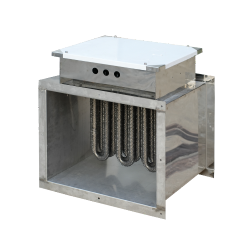 DeAir.Heat
DeAir.Heat -
Air Handling Unit Dezenno.MAX
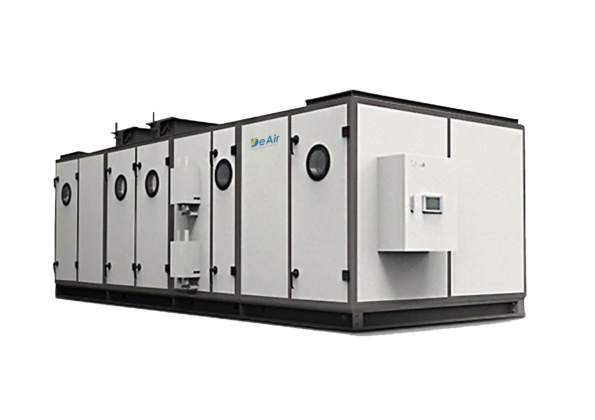 AHU
AHU
-
- Services
- Projects
- Warranty – Maintenance
- News
- Contact
Not Just Dehumidification, DeAir is Also a Humidification Expert: Introducing the DeAir.HM-130ES Resistance Humidifier
22/09/2025
Main Contents
DeAir: Completing the Comprehensive Humidity Control Ecosystem
Many people know DeAir as a leading expert in dehumidification and drying solutions. But that's only half the story. In many high-tech industries, a lack of humidity can cause damage just as severe as an excess of it. To provide a 360-degree solution, DeAir has researched and manufactured a line of industrial humidifiers with advanced technology, completing a comprehensive ecosystem for all production and preservation needs.
Why Does the High-Tech Electronics Industry Need to "Add" Humidity?
For factories producing electrical equipment, inverters, robots, or semiconductor components, overly dry air is an extremely dangerous "hidden enemy." According to the ESD Association (Electrostatic Discharge Association), static electricity is one of the leading causes of component failure. Overly dry air is the ideal condition for static electricity to generate.
3 Critical Risks of Overly Dry Air in Electronics Manufacturing
⚡
Electrostatic Discharge (ESD)
Dry air is an insulator, allowing static charges to build up and release as small sparks that can destroy sensitive microcircuits and semiconductor components.
💨
Increased Airborne Dust
Dry air allows fine dust particles to remain airborne longer, increasing the risk of contamination in cleanrooms and on component surfaces.
💔
Material Impact
Some sensitive materials and production processes can be negatively affected, becoming brittle and prone to breaking in very low humidity.
Case Study: DeAir Delivers a "Heavy-Duty" Pair of DeAir.HM-130ES Resistance Humidifiers
To solve the problem of static electricity and stabilize the production environment for a major client in the electronics and robotics manufacturing industry, DeAir has just completed quality checks and is preparing to deliver a pair of DeAir.HM-130ES industrial humidifiers. This is a non-catalog model, specially designed and manufactured by DeAir to meet the client's specific requirements for capacity and features, showcasing our "tailor-made" solution capabilities.
This series uses electric resistance humidification technology, employing high-power heating elements to boil water, producing pure and sterile steam. This is a mandatory requirement for high-hygiene environments like cleanrooms and pharmaceutical facilities. The main features of the HM-130ES include:
- Massive humidification capacity: 130 kg of steam per hour, per machine.
- Flexible water source options: can use either regular tap water or softened water.
- Smart and precise control system.

Two DeAir.HM-130ES humidifiers side-by-side at the DeAir factory, ready for delivery.

A close-up of the machine's interior, showcasing the robust and professional build quality in every detail.
A Comparison of 3 Leading Humidification Technologies from DeAir
DeAir offers a variety of humidification technologies to precisely meet the needs and operating conditions of each customer. Below is a detailed comparison table to help you choose the optimal solution:
| Criteria | Electric Resistance (DeAir.HM - Heating Series) | Electrode (DeAir.HM - Electrode Series) | Ultrasonic |
|---|---|---|---|
| Principle | Boils water with a heating element | Uses electric current through water to generate heat | Uses ultrasonic waves to create a fine mist |
| Advantages | CLEAN, STERILE steam, high precision. | Reasonable investment cost, simple operation. | Most energy-efficient, does not generate heat. |
| Disadvantages | Higher energy consumption. | Requires periodic cylinder replacement, steam can contain minerals. | Minerals in water will be dispersed as dust. |
| Input Water Req. | Tap water, softened water. | Tap water with suitable conductivity (not purified water). | Requires purified water (RO/DI). |
| Output Steam Temp. | Hot (~100°C) | Hot (~100°C) | Cool (ambient temperature) |
| Best Applications | Hospitals, cleanrooms, pharmaceuticals, electronics. | Workshops, textiles, printing rooms. | Agricultural storage, mushroom cultivation, cold storage. |
Frequently Asked Questions (FAQ)
1. Why is humidification needed in an electronics manufacturing cleanroom?
Maintaining optimal humidity (typically 40-60% RH) in a cleanroom helps to eliminate electrostatic discharge (ESD), reduce airborne dust particles, and ensure the stability of sensitive materials. This is a mandatory requirement to ensure quality and product yield in the semiconductor and electronics industry.
2. Does a resistance steam humidifier consume more electricity than other types? When should it be chosen?
Yes, a resistance humidifier has a higher energy consumption compared to electrode and ultrasonic technologies. However, this is a necessary trade-off to achieve absolutely CLEAN and STERILE steam from the boiling process. Therefore, this technology is the mandatory and optimal choice for environments with extremely strict hygiene standards, such as hospitals, pharmaceutical cleanrooms, and high-end electronics manufacturing plants.
CONTACT US FOR A CONSULTATION AND QUOTE
DeAir's team of experts is ready to conduct a site survey and provide the most optimal and cost-effective humidity control solution for your needs.
DEAIR JOINT STOCK COMPANY
Email: operation@deair.com.vn
Hotline: 0925 977 579 (Ms. Tam) | 0914 205 850 (Ms. Hoa)
Website: deair.com.vn
Sign up for news from DeAir
Related news






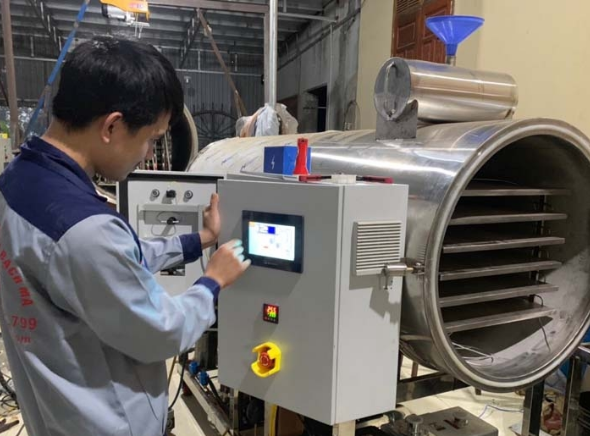


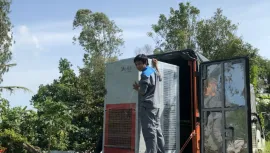
![[Case Study] DeAir Installs DeAir.De Rotor Humidity Control System for Pharmaceutical Plant in Binh Duong [Case Study] DeAir Installs DeAir.De Rotor Humidity Control System for Pharmaceutical Plant in Binh Duong](https://deair.com.vn/thumbs/news/2023_04/ban_giao_may_cho_duoc_bd/[270x153-cr]image1-1024x772.jpg__cv.webp)

![[Review & Guide] Olmas OS-300: The New Humidity Control "Warrior" for Medium to Large Warehouses [Review & Guide] Olmas OS-300: The New Humidity Control "Warrior" for Medium to Large Warehouses](https://deair.com.vn/thumbs/news/huong_dan_su_dung_may_olmas_21/[270x153-cr]vtm06440.png)